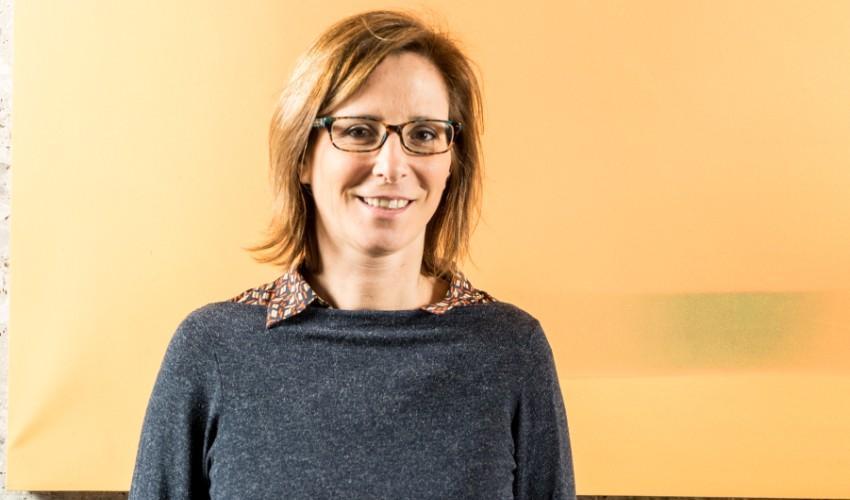
COVID: The Multifaceted Truth in the Case of Lombardy
A STRAND OF RESEARCH BY ALESSIA MELEGARO AIMS TO RECONSTRUCT THE EARLY STAGES OF THE EPIDEMIC AND THE REASONS WHY IT HIT THE REGION SO HARDWhy was Lombardy so affected by COVID? This is the catchphrase question that Alessia Melegaro, Director of the COVID Crisis Lab, has been addressing recently. In fact, the faculty member is dedicating a research project ("Mathematical Modeling and Epidemiological Analysis of COVID-19 Data") to the analysis of the region's data and their modeling. It aims to monitor the progress of infection and its potential spread and predict the evolution of the epidemic curve in different scenarios. "I still don't have the answer to the question I'm always being asked, however," she jokes. "And I don't think I'll ever have a definitive one, because there is not a single reason, but a combination of causes that have determined the extraordinary nature of the Lombardy situation in this pandemic."
The project started at the beginning of the spread, when Melegaro herself, working in close collaboration with the Region and the Bruno Kessler foundation in Trento, created a mathematical model with which to analyze the spread of the virus and predict its evolution. "Today this phase has ended, the model is operational and we are collecting a lot of data on what happened," summarizes the professor. “There is a lot of information to extract that we hope will give us answers to various questions: What is the timeline between a first infection and a second one? What are the risks associated with socio-demographic variables? In which areas have hospital routes been effective and functional and in which areas haven’t they? Can pollution be considered an additional risk factor?”
The first study, which describes the epidemiological curve and the trend of the RT contagiousness index over time and in the various provinces, is being published. This will be followed by others on the different areas addressed in order to put together the puzzle of the long-awaited answers. "Every aspect analyzed provides a fragment of truth," concludes Melegaro. "In the spread of contagion in Lombardy, demographic characteristics, the distribution of the transport network, the high exposure of cities like Bergamo to trade with China and Asia in general, the frequency of social contacts, and certainly the overload of hospital capacity. And, though it's not reflected in any of the mathematical models, even a little bad luck.”
by Emanuele Elli
